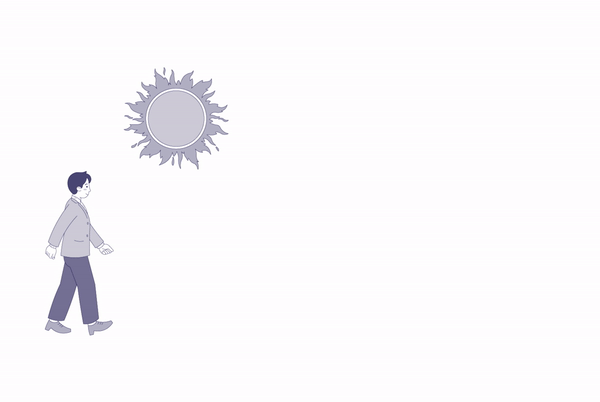WELLBEING IN THE WORKPLACE
Nicoletta Brancaccio
Altis has interviewed David Papini, a psychologist and coach. David has extensive experience within large companies, both Italian and international, multinationals, and in two roles: as an employee and as a coach. The aim of this conversation is to provide an overview of the current situation of the emotions involved within the working environment. We asked David what the main EMOTIONS are involved in relationships between individuals at work or even of individuals themselves and if there are particular SPACES that host specific emotions, and how are these two aspects connected. We asked David to highlight what he believes works, and what doesn’t in the workplace, highlighting aspects related to space.
“I see the effects of spaces when people are not in those spaces; spaces are described to me during the session. I would say the primary NEGATIVE EMOTION, the one that tends to flood in, is anxiety. The levels of anxiety of people in companies are often high. Employees, in a certain sense, experience high levels of stress, and the perception of spaces when you are anxious can amplify in one way or another the feeling, the same as it gets amplified if one is highly excited, though this happens less frequently in companies. Typically, the state in which people enter their offices or spaces is often one of anxious activation; I would say this is also impacted by an individual’s hierarchical level within a company. Even considering cultural differences, similarities can be found: for instance, the topic of status, in a hierarchical situation, applies to companies just as it does to tribes or chimpanzees or bonobos.
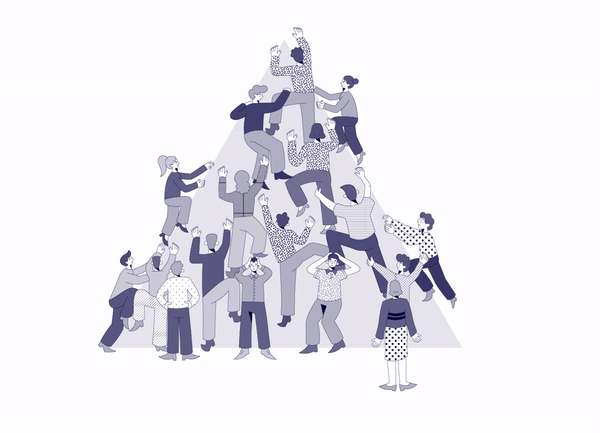
The HIERARCHICAL LEVEL you occupy is often inversely proportional to the stress you experience. This happens whether you’re procuring food or if you are the number one in a company. If you are the number one, you will likely experience lower stress levels compared to the number ten. The higher up you are, the more your status is recognized which often involves being granted a private office. Whereas the lower your position is in the org chart, the more likely you are to be appointed a shared workspace, which can potentially be invaded by others.
(E.D.) Particularly the PERI-PERSONAL space, the one reachable by our arms-hands. In the peri-personal space there is a strong density of information for the person: there is empirical control of spatial relations, the need to conceptualise is limited.
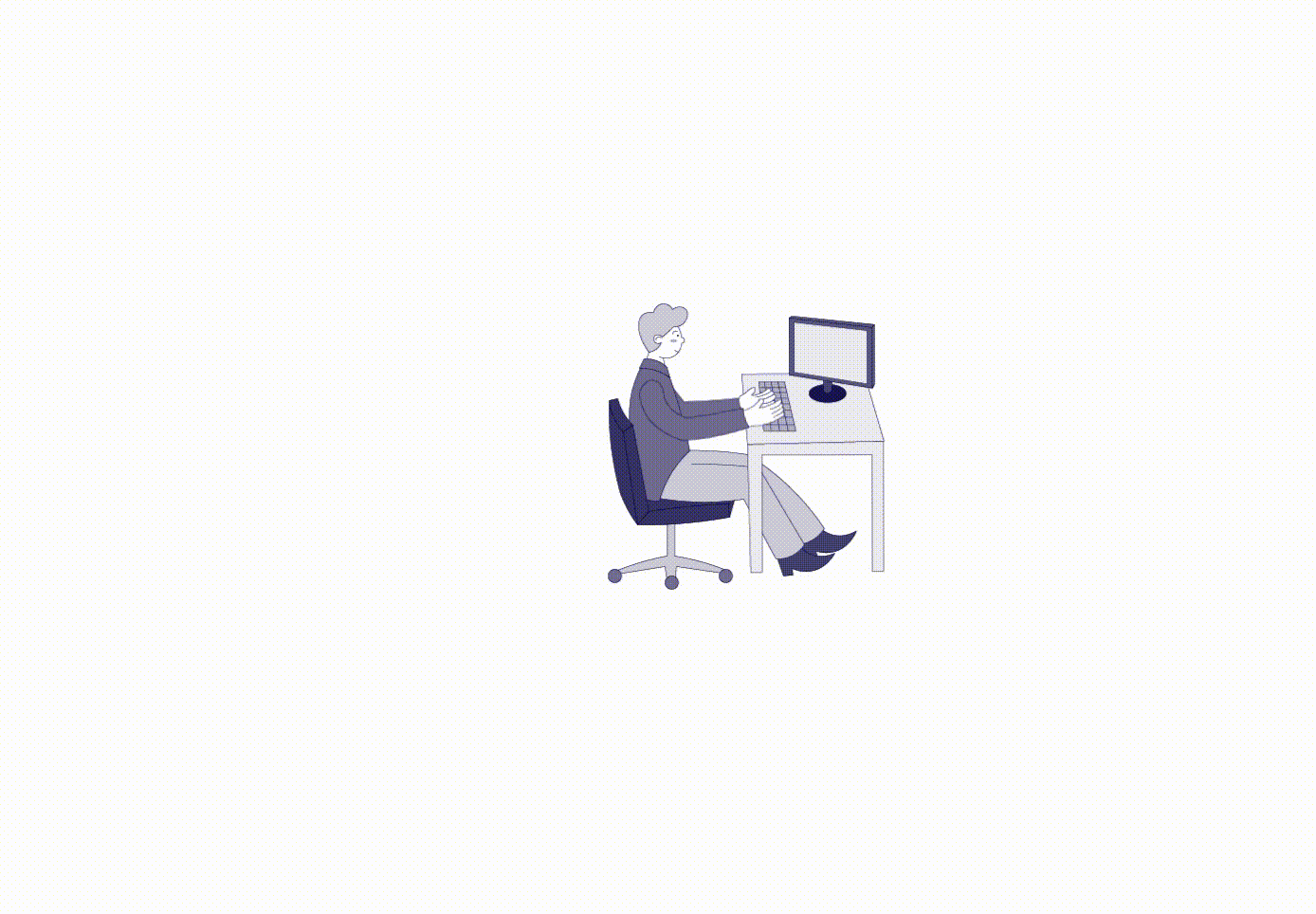
Talking about open spaces, raises another issue: are we all suitable for “sharing”? How do people live the space according to their psychological profiles? According to David, often, spaces do not consider personal characteristics. HR departments evaluate the psychological profiles of employees to determine if they can function within a team. Very rarely, if ever, they consider their social preferences. A very introvert person will never be comfortable in the same space as someone who is moderately or highly extrovert. One fundamental distinction is that an EXTROVERT recharges by interacting with people, even with strangers, also just for a few minutes. INTROVERTS lose energy every time they interact in contexts where they do not feel comfortable.
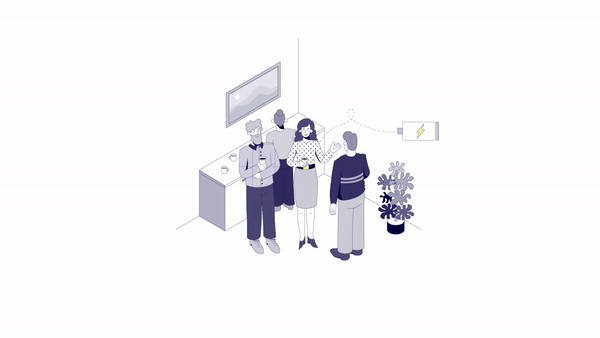
This does not mean, and it’s a common prejudice, that extroverts are more visible and interactive, and that they function better in companies because of their social abilities. In a crisis or problematic circumstances, introverts, who are more capable of observing and extricating themselves from difficult situations, are more beneficial to the business. The problem is that if you set an introvert in an open space, maybe surrounded by extroverts, they might not perform at best; at that point, the safe space of the introvert (since the coffee machine is another space for socialisation and thus not suitable) becomes the restroom, for example. In a company with many introverts, I would suggest having large restrooms with spacious anterooms or perhaps spaces with more private areas.
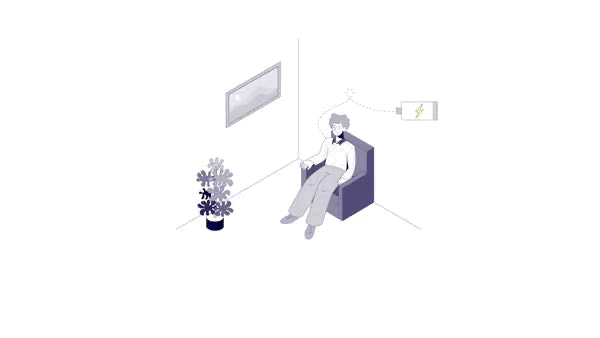
We often hear about introducing gaming rooms within offices. Even the gaming room is not guaranteed to be suitable for someone to whom recharging means not having human beings around. This also hints to a cultural aspect, as not socialising is often seen as strange. There was a time in industrial history, like in the software industry, where the most antisocial individuals were normalised, and introverts benefited from that. However, this is specific to that type of business. Generally, the cultural bias is that, and you can have many cultural variants or people from different cultures, extroversion is always viewed more favourably than introversion, and environments are often designed for extroverts who do not suffer from being surrounded by crowds for eight hours a day…
The ANXIETY level of an introvert increase significantly during extensive interaction with individuals they are not familiar with. Similar to the dehydration issue, working in an environment that doesn’t offer isolation from noise may cause problems that are not immediately noticeable. There was a time when water dispensers began to appear in companies as they learnt that cognitive functions decline in dehydrated individuals long before they become aware of dehydration. Similarly, individuals may suffer from high anxiety levels without being aware of it; this may lead to negative consequences including a decrease in energy levels. Anxiety is a relatively recent phenomenon. Among anxiety triggers there are also unattainable OBJECTIVES. The objective itself is not a bad thing; it sets the individual free to use his or her time. What is the invisible enemy, what happens if the goal if not achieved?
There is a non-conscious aspect: the word goal is like the word mom according to Davide, when you mention it, if you measure the vital parameters, you see them go up, they go up as soon as you hear the word. However, it has more impact on people lower down in the hierarchy. The problem with objectives at work is the same as with the camera: it forces us to see only one part of the picture, (or reality) and in spatial contexts, which often translates in the idea that there is a place where you produce one where you do not but you play, you relax, as if relaxing and working are two completely separate things.
One of the topics that people often bring up when talking about their workplace is their parking spot, which often reflects their status. Your parking spot defines who you are: two spaces further to the right or left can lower your status ranking. When the perception of status does not fit an individual’s parameters, this often generates anxiety because they feel they are occupying a weaker position.
